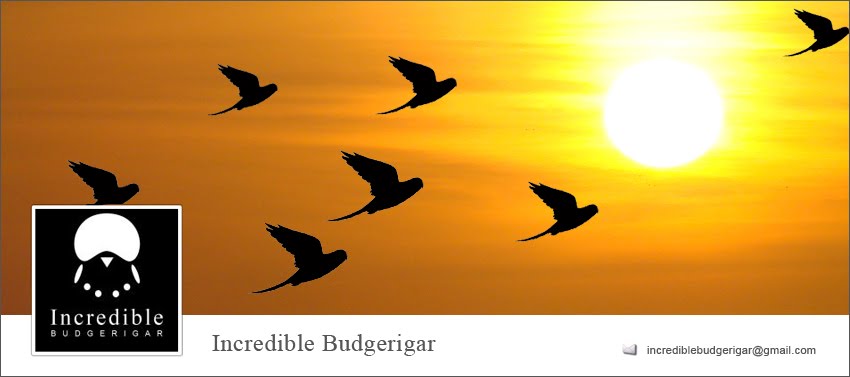Herbs are not dangerous to your pet birds. Ayurvedic
treatment is the best for your birds.
- Mite, lice, red mite infection in birds - If you bird is scratching too much and also scratching its head on hard surface then the following treatment will help. You might see bald areas on the bird. Boil Neem (Azadirachta indica) leaves in water. Drain the water with a sieve. Let it cool. Give you bird a bath in the water by placing them comfortably in your hand. Do not dip the head and ears in the Neem water. The best bath is just give a spray of Neem water with a sprayer. Keep a glass bowl aside with a drop of Neem oil, a drop of tea tree oil. Apply the oil on the bird’s legs. Aloe vera gel is the best soothing lotion for bald areas. It’s best if you extract it from a fresh leaf.
- Sprinkle dried Tulsi (Ocimum tenuiflorum) leaves in the bird’s diet.
- Apply Turmeric (Curcuma longa) if the bird is injured. Buy a piece of Turmeric and then grind it. Do not use Turmeric powder from the market. Turmeric acts as a disinfectant. You can also use wheat flour to avoid bleeding.
- After a bath in Neem water, you can dry your sick bird with a blow dryer placed far from the bird. Place your other hand near the bird and feel the heat of the blow dryer. If it is mild then you can blow dry for few minutes. The bird will not need further assistance and with soon dry itself and chirp happily. Do this in-case it’s too cold or the bird refuses to preen itself.
- The wild bird treats itself with the herbs in the forest when sick. Try planting herbs near your house and in pots. Place fresh water and feed for wild birds.
- Grow wheat grass, sava grass, maize grass, lemon grass, thyme, spinach and rice grass in pots. Let the birds feed on them.
- Use boiled and cooled water in case of eye infections in birds.
- Honey is a disinfectant that should be a part of bird’s diet.
- Aloe vera gel also help in bring relief to skin irritation. Plant Aloe vera in a pot in your house. The fresh leaves will be of multiple usages.
- Ginger juice added to the bird’s water at night prevents loose motion when they are sick.
- Garlic has anti-oxidant properties as well as anti-parasitic properties which kill intestinal parasites. It protects the liver from the damage of chemical pollutants in the air and in food and water supply. In Ayurveda, Garlic juice is as strong as the antifungal drugs, Amphotericin and Nystatin, against Candida, a fungal problem sometimes found in parrots. It should be used sparingly and in the form of fresh garlic, concentrated garlic powder should not be used. Garlic belongs to a family of plants that may cause anemia in animals if given for long periods of time.
- Place dried Neem leaves and twigs as nesting material for your birds. The nest will be safe from mites and insects.
- For Egg Binding, give the birds boiled eggs and egg shell. Add ginger juice in drinking water and feed them with water melon juice every 3 hours. Place a lighted bulb in the cage to give the birds warmth.
- Avoid vomiting in birds by giving them fresh water melon juice.
- Avoid giving your bird, feeds which has artificial color.
- Birds who are about to lay their eggs should never be touched. Give her a good clean cage, enough space for movement so that she can go in and out of the cage. Feed them a variety of food which is high in nutrition. Fresh water and cozy nest is also very important.

